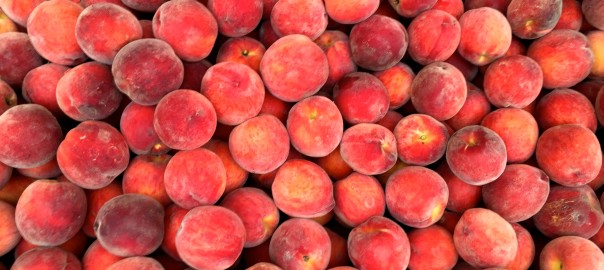NATIVE ADVERTISING BEST PRACTICES
Smart, clever, informative native ads are one of the most exciting growth areas in advertising. Digiday walks us through the process that has brought significant improvement to Slate’s native efforts. In addition to bringing a more Slate-style voice to the content, the new native ads are more transparent about the sponsorship. This is very important point with native advertising, and it’s worth underscoring: don’t try to trick the reader, be upfront about your sponsorship and s/he will be more open to the content of what you’re saying:
“Most people spend their time trying to avoid ads, but Slate found that on its more explicitly labeled ads, the click-through rates were three times higher than the previous units (though Slate wouldn’t disclose the CTR). The publisher also contends that average time spent on the new units doubled, to 4 minutes, 15 seconds.”
SPOTIFY INTRODUCES PROGRAMMATIC
With over 100 million users worldwide, Spotify is the leader in a battle for listeners among Pandora and Apple Music. As advertisers, we have found that Pandora’s deep sets of user data and targeting mechanisms, not to mention their flexibility on price, has made them our go-to for book advertising. But with Spotify’s latest announcement, it might be time to reconsider Spotify for book ads. As reported in Adweek:
“The music streaming service announced today it will start offering programmatic advertising for the 70 million people using the free version of its platform. The Swedish company launched private marketplaces in partnership with AppNexus, Rubicon Project and The Trade Desk for buying both 15- and 30-second audio spots.”
More good options are always better for book advertisers. We are happy to have some new ways to target the Spotify audience.
HOW TO CATCH THE WAVE OF “SURGING NEWS”
The Guardian debuts a “surge news” ad product that’s similar to surge products from the New York Times and Washington Post. Given that surging news could be everything from the weather to a terrorist attack, it’s good that they are allowing advertisers to set keywords for any topics they don’t want to appear against. But for the right title, it could be a great way to be adjacent to the most relevant stories of the moment.
WIRED ON NEWSLETTERS
The long tail of the weird, the wild, the passionate, the hand-made is alive and well on emails thanks to services like Tiny Letter. With 100% opt in subscribers and open rates greater than 70%, these are audiences advertisers should reach for niche products—and there’s non nichier than most books. In the old days of the Internet we reached this audience via blogs through channels including the Verso Reader Channels. Now we get them via emails.
Hudson riverfront photo (c) 2016 Tom Thompson




